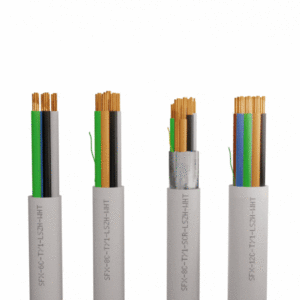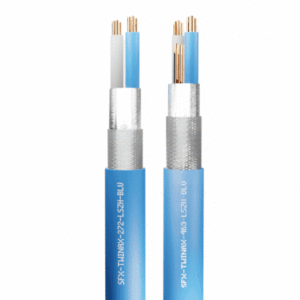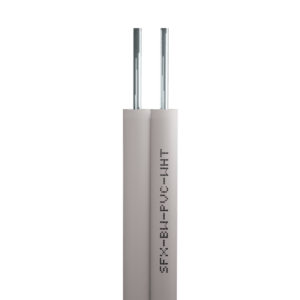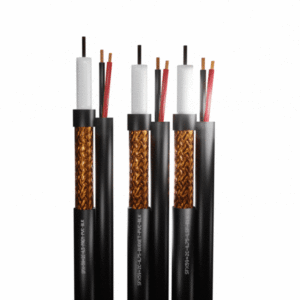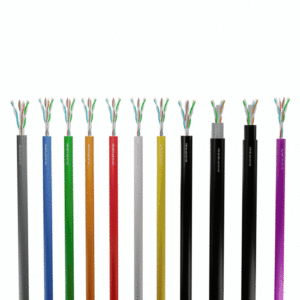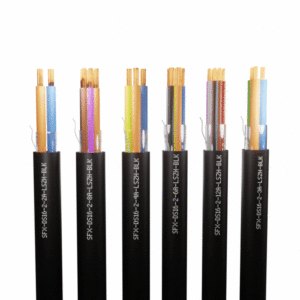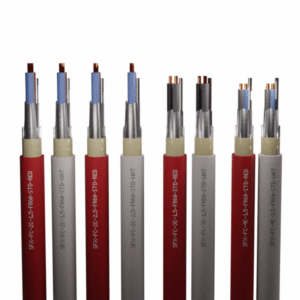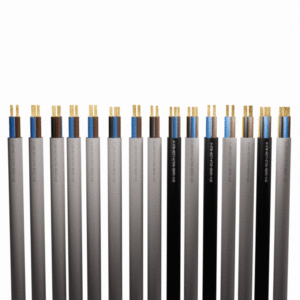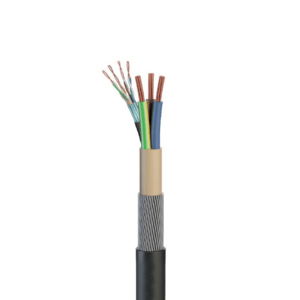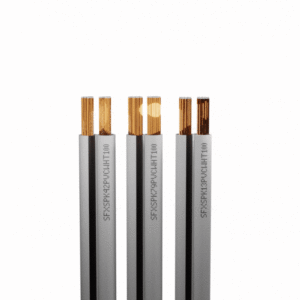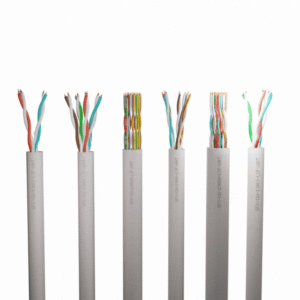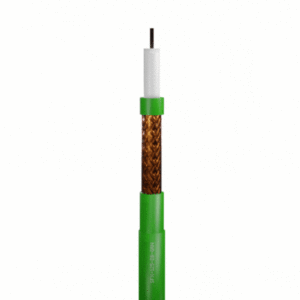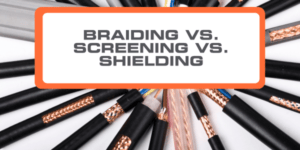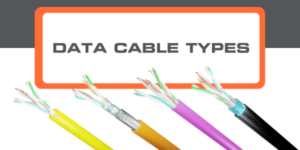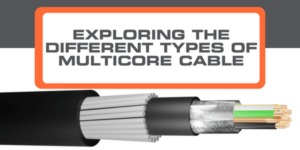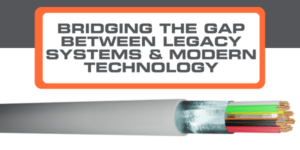RS485, RS232, and Ethernet are different communication standards used in various applications. In this guide, we will compare them in terms of their advantages, limitations, and suitable applications.
RS485 Cable
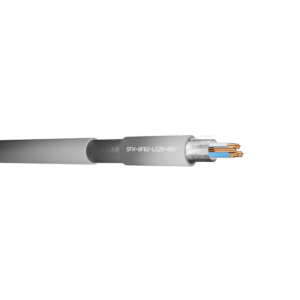 What are the advantages of RS485?
What are the advantages of RS485?
RS485 cables support long-distance communication (up to 1200m) and multi-drop network configurations, allowing multiple devices to be connected on a single bus. They feature excellent noise immunity, making them suitable for industrial environments. RS485 modbus cables are also well known for their robustness, reliability, and simple wiring.
What limitations may you come across with RS485 cable?
RS485 has a lower data transfer rate compared to Ethernet and USB. It does not provide power over the cable length, so separate power connections may be required for connected devices.
What applications is RS485 most suitable for?
RS485 is commonly used in industrial automation, process control systems, building automation, and HVAC systems.
RS232 Cable
What are the advantages of RS232?
RS232 cables support short-distance communication (up to 15m) and are widely available on older computer systems. They have a simple and straightforward interface, making them easy to implement.
What limitations may you come across with RS232?
RS232 is limited in terms of data transfer rate and cannot support long-distance communication without signal degradation or additional repeaters. It is susceptible to noise interference, making it less suitable for industrial environments.
What applications is RS232 cable most suitable for?
RS232 is often used for point-to-point communication between a computer and peripherals such as modems, printers, and serial devices. For more information on this, check out our article on how RS232 cable can be used to connect legacy systems with modern technology.
Ethernet Cable
What are the advantages of Ethernet?
Ethernet provides high-speed data transfer rates (typically up to Gigabit or higher) and supports long-distance communication (up to 100m with standard Ethernet cables). It offers a standardised networking protocol and is widely used in LAN (Local Area Network) environments.
What limitations may you come across with Ethernet?
Ethernet requires more complex wiring and networking infrastructure compared to RS485 or RS232. It may not be as robust in harsh industrial environments, due to its sensitivity to electrical noise.
What applications is Ethernet most suitable for?
Ethernet is commonly used for computer networking, internet connectivity, IP-based cameras, and data-intensive applications.
What is the compatibility between RS485, RS232 & Ethernet?
RS232 and RS485 use different electrical signalling and voltage levels, so you cannot directly connect an RS232 cable to an RS485 device. You would need a converter or an RS232 to RS485 adapter to communicate between the two standards.
Ethernet Cable vs. RS485: Ethernet cables, such as Cat5e or Cat6, cannot be directly used for RS485 communication. Ethernet cables have different wiring configurations and use different signalling methods compared to RS485. An appropriate RS485 cable or converter is needed for RS485 communication.
Cat5e cables are commonly used for Ethernet networking, not RS485. However, with proper wiring configuration, Cat5e cables can be used for RS485 communication in some cases. It is important to follow the correct pinout and ensure the wiring matches the RS485 standard.
In summary:
- RS485 is a suitable choice for long-distance and multi-drop communication in industrial environments
- RS232 is useful for short-distance point-to-point connections
- Ethernet excels in high-speed Local Area Network (LAN)
If you have any questions that weren’t answered in this guide, please do not hesitate to get in touch with our friendly team. We’re always happy to help!

